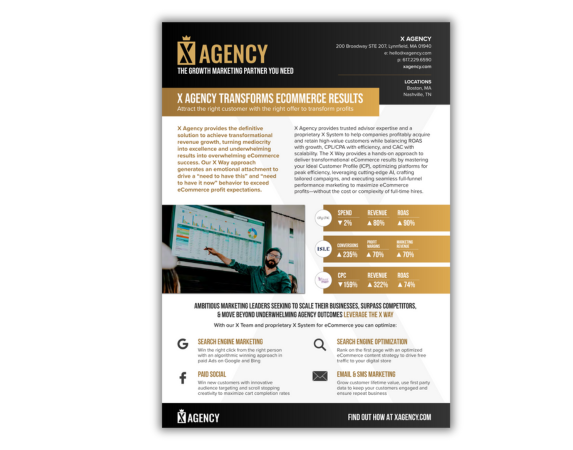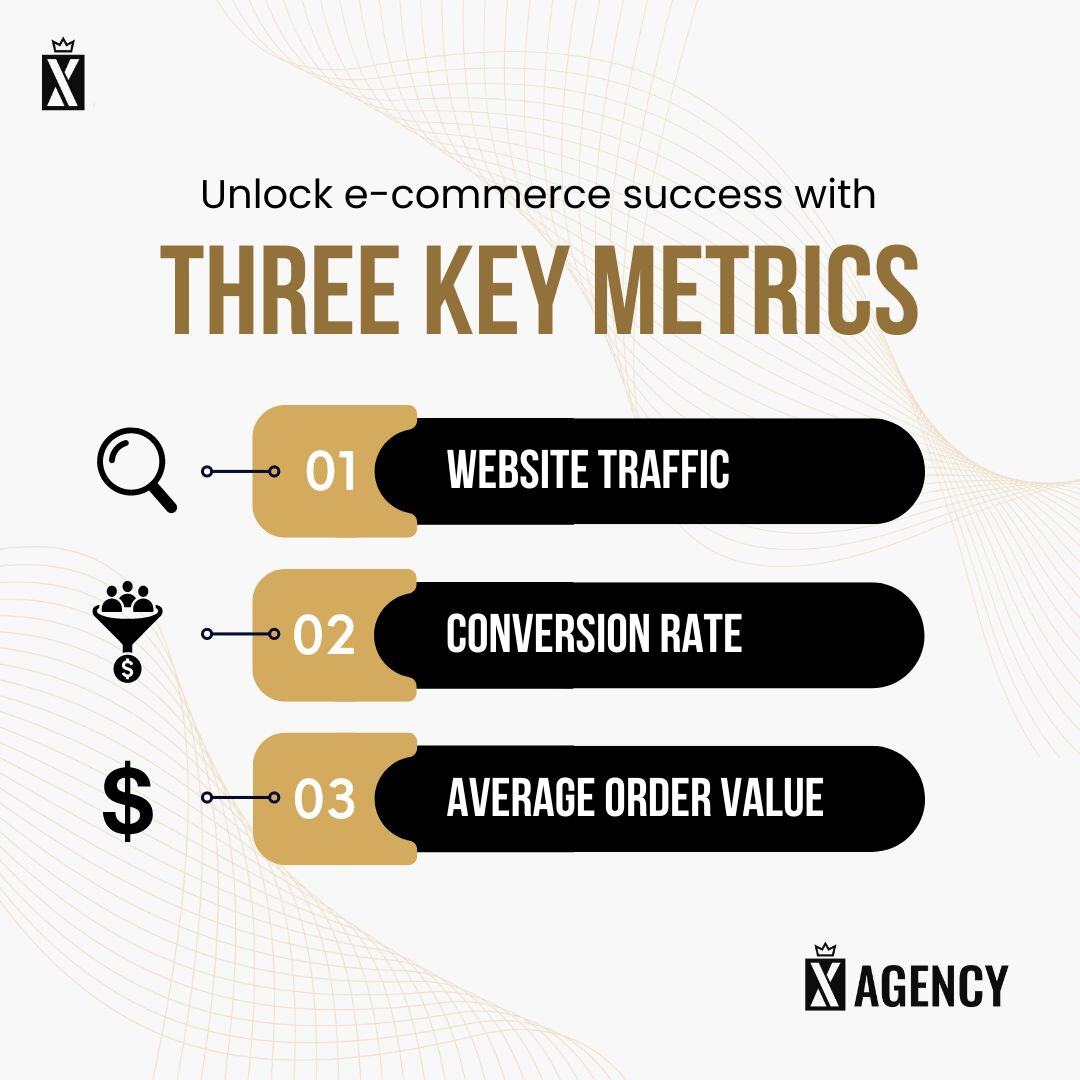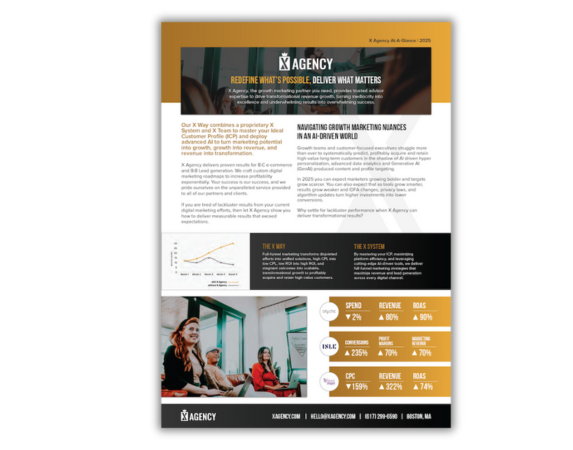Strategies for Effective Digital Ad Budgeting in Ecommerce

Discover key strategies for optimizing your digital ad budget in the competitive world of ecommerce.
Understanding Your Target Audience
One of the most important aspects of effective digital ad budgeting for ecommerce is understanding your target audience. By gaining a deep understanding of who your customers are, their demographics, interests, and behaviors, you can tailor your digital ad campaigns to resonate with them. Conduct market research, analyze customer data, and leverage customer feedback to identify your target audience.
Another important factor to consider is the purchasing journey of your target audience. Understand where they are in the sales funnel and create ads that align with their stage. For example, if you are targeting customers who are in the awareness stage, focus on creating ads that introduce your brand and products. On the other hand, if you are targeting customers who are in the decision-making stage, emphasize the unique selling points of your products and offer incentives to encourage them to make a purchase.
By understanding your target audience, you can create more targeted and effective digital ad campaigns that yield higher conversion rates and maximize your return on ad spend.
Setting Clear Goals and KPIs
Before allocating your digital ad budget, it is crucial to set clear goals and key performance indicators (KPIs). Your goals should align with your overall business objectives and be specific, measurable, achievable, relevant, and time-bound (SMART). Common goals for ecommerce companies include increasing website traffic, improving conversion rates, boosting sales, and enhancing brand awareness.
Once you have defined your goals, determine the KPIs that will help you track your progress and measure the success of your digital ad campaigns. Examples of KPIs include click-through rate (CTR), conversion rate, cost per acquisition (CPA), return on ad spend (ROAS), and customer lifetime value (CLV). Regularly monitor and analyze these KPIs to identify areas for improvement and optimize your ad budget allocation.
By setting clear goals and KPIs, you can ensure that your digital ad budget is allocated effectively and that your campaigns are driving the desired results.
Utilizing Data and Analytics
Data and analytics play a crucial role in effective digital ad budgeting for ecommerce. By utilizing data from various sources, such as website analytics, customer relationship management (CRM) systems, and social media platforms, you can gain valuable insights into the performance of your digital ad campaigns.
Leverage data to identify trends, patterns, and opportunities. Analyze the performance of different ad creatives, targeting options, and channels to determine what is working and what needs improvement. Use A/B testing to experiment with different ad variations and optimize your campaigns based on data-driven insights.
Additionally, consider investing in advanced analytics tools and technologies that can provide you with deeper insights and predictive analytics. These tools can help you predict customer behavior, identify potential high-value customers, and optimize your ad budget allocation for maximum ROI.
By utilizing data and analytics, you can make informed decisions about your digital ad budget allocation and optimize your campaigns for better results.
Testing and Iterating Ad Campaigns
In the ever-evolving world of ecommerce, it is essential to continuously test and iterate your digital ad campaigns. Testing allows you to identify what resonates with your target audience and optimize your ad creatives, messaging, and targeting.
Start by conducting small-scale tests to gather data and insights. Test different ad formats, visuals, headlines, and calls-to-action to determine which combinations perform the best. Monitor the results and make data-driven adjustments to improve the performance of your campaigns.
Remember that testing is an ongoing process. As market trends and customer preferences change, continue to test and iterate your ad campaigns to stay ahead of the competition and maximize your ad budget's effectiveness.
By testing and iterating your ad campaigns, you can refine your strategies, improve performance, and get the most out of your digital ad budget.
Monitoring and Adjusting Budget Allocation
Monitoring and adjusting your budget allocation is crucial for effective digital ad budgeting in ecommerce. Regularly track the performance of your campaigns and evaluate the return on investment (ROI) to ensure that your ad budget is being allocated optimally.
Monitor key metrics such as CTR, conversion rate, and ROAS to gauge the effectiveness of your campaigns. Identify underperforming campaigns and reallocate budget to better-performing ones. Consider implementing an automated budget management system that can dynamically allocate your ad budget based on real-time performance data.
Furthermore, stay up-to-date with industry trends and changes in the digital advertising landscape. Adjust your budget allocation accordingly to take advantage of emerging opportunities and ensure that your campaigns remain competitive.
By monitoring and adjusting your budget allocation, you can optimize your digital ad spend and maximize the results of your campaigns.



